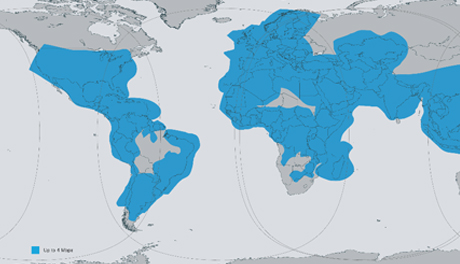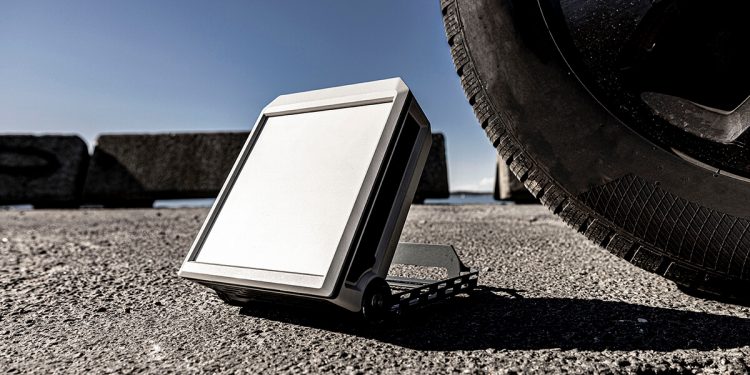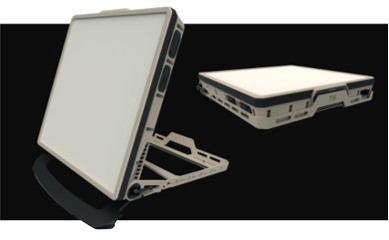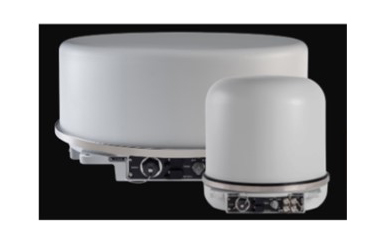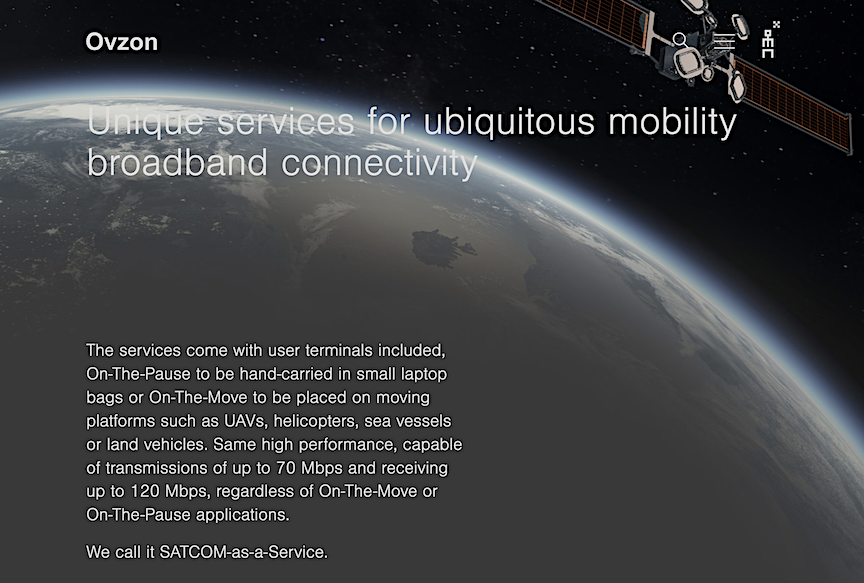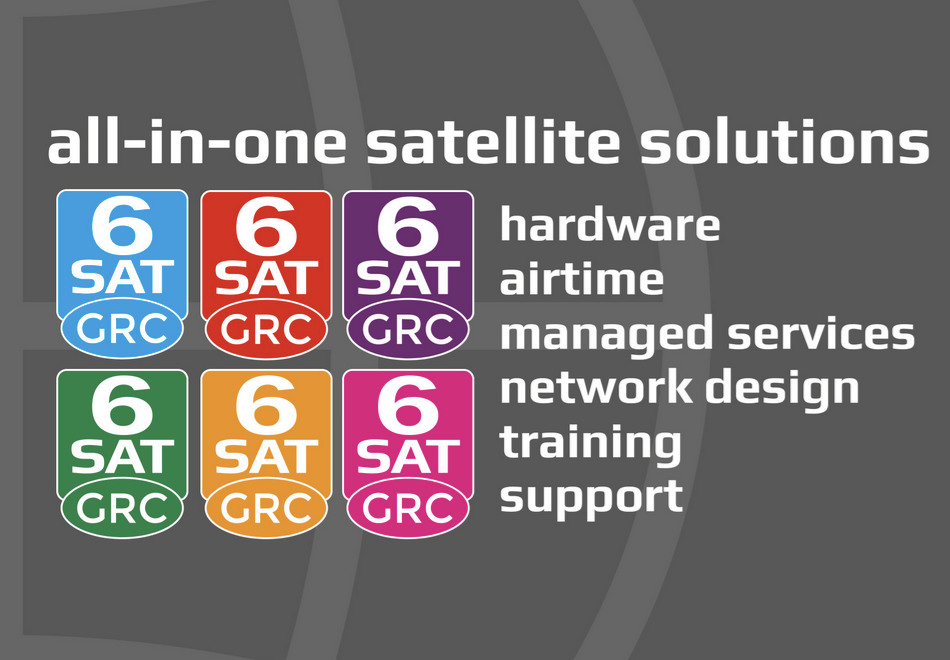- The company will be at stand 10D17-D19 in Hall 10 of IFEMA.
- AICOX Solutions will attend with the companies Ultra, Ovzon, iDirect, Integrasys and CPI Satcom & Antenna Technologies Division.
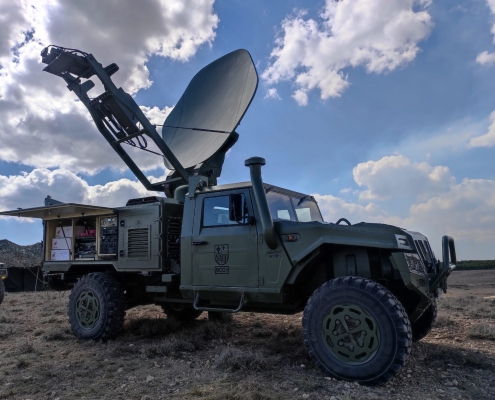
AICOX Soluciones , a 100% Spanish technology company, will participate as an exhibitor in the third edition of the International Defense Fair (FEINDEF) from May 17 to 19. The company will share a stand with its collaborators in Defense and Satellite Communications, to show the products they can offer to the sector.
AICOX Solutions, leader in the development and supply of robust solutions for hostile environments and integrated systems for Defense, as well as for the Security Forces and Corps, develops technologies mainly focused on civil and military communications, with special interest in Satellite communications. , a sector in which the company is one of the national technological leaders. Additionally, AICOX Soluciones has also established itself as one of the main providers of solutions based on tactical Voice and Radio Data communication systems using SDR technology, as well as on advanced RCIED jamming or inhibition systems for combat environments.
Another of the company’s novelties is the intelligent integration software platform that allows the creation of solutions for Border Surveillance applications in both terrestrial and maritime environments, as well as for other types of similar applications in which it is necessary to coordinate technical means and humans in multi-domain environments.
Among the new technological lines in which AICOX Soluciones works are the design and development of intelligent Command and Control software platforms and embedded solutions for video processing through AI, design of optronic systems for Security and Surveillance applications and integrated vehicle solutions on platforms, as well as the modernization and updating of mobile units for C4ISR applications.
AICOX Soluciones will be accompanied at FEINDEF by its partners Ultra , Ovzon , iDirect , Integrasys and CPI Satcom & Antenna Technologies Division .
National technological leader
With more than 30 years of uninterrupted activity, AICOX has become one of the national technological leaders thanks to its developments for military and civil communications, with special interest in satellite communications, a sector in which the company is one of the national technology leaders.
The company has managed to consolidate itself as one of the main providers of solutions based on tactical Voice and Radio Data communication systems using SDR technology, as well as on advanced RCIED jamming or inhibition systems for combat environments.
international vocation
Since its inception, AICOX has had the objective of internationalization and collaboration with foreign companies to bring their developments and technologies to Spain and this vocation has led them to “achieve alliances with important groups of manufacturers and integrators, thus achieving the establishment of large infrastructures ”, highlights Carlos Laborda, general director of the company.
These collaborations and the company’s commitment to research, development and innovation have made AICOX “not only a technological benchmark but also a company that develops its own products, adding value in R+D+i, to offer their clients the best solutions in cellular communications, satellite, transmission and broadcast, defense and industry”, explains Laborda.
Among its main clients are: Spanish Ministry of Defense , Navantia , Hisdesat , Hispasat , Portuguese Ministry of Defense, Indra, Telefónica, Brazilian Ministry of Defense, Cellnex, Itelzapi, Overon, Vodafone, Ericsson, Canal Sur, RNE, RTVE.
Qualified work
Carlos Laborda highlights that all this work would not be possible without the passion and talent of the “great team of professionals willing to take on challenges every day and face them”.
The company currently has 160 employees, of which more than 100 are highly qualified jobs.
OUR SPONSORS FEINDEF 2023
ULTRA
provides application engineering solutions in the key elements of mission-critical and intelligent systems. Through innovative problem solving, using sustainable capabilities and evolving technologies, we offer outstanding solutions to our clients’ most complex problems in defense, security, critical detection and control environments.
OVZON
is revolutionizing mobile broadband via satellite by providing the highest bandwidth through the smallest terminals. Our advanced proprietary satellite technology and unique ultra-small terminals allow mobile users to connect anywhere and transfer large amounts of data. Ovzon’s end-to-end solutions meet the growing demand for global connectivity for customers with high-performance requirements, such as government, media, maritime, aviation, and NGOs. Our dedicated and experienced team ensures top quality service for our demanding clients.
iDIRECT
are pioneering a world-class cloud-based terrestrial satellite infrastructure platform that enables multi-orbit, multi-access technology that transforms satellite service delivery to be seamless, significantly cheaper, infinitely scalable, and able to deliver any data rate and functionality that is needed for any possible application that can support satellite connectivity.
We enable a smarter, more secure world by creating network solutions to improve security and find new ways of doing business.
The world is changing rapidly and we make sure to stay ahead of those changes. While security remains our primary focus, we are gradually expanding into related markets using new web-based products and solutions.
Our experience working with network audio and video, analytics and access control solutions contributes to the protection of people and property, to the optimization of processes and increases business efficiency and access to information.
INTEGRASYS
is a private company specialized in the engineering and manufacturing of Satellite Spectrum Monitoring Systems in the telecommunications and broadcasting markets.
Integrasys was founded in 1990 by a group of Hewlett-Packard engineers, experts in automated RF and microwave test systems and software, and the Marquis de Antella. Since then Integrasys has evolved into the current company, offering a wide range of signal monitoring products and solutions for VSAT Deployment and Maintenance and Link Budget for different telecommunications and satellite services with the best attention that our clients deserve.
CPI Satcom & Antenna Technologies Division
is a leading provider of ground-based satellite communications products; data link antennas with automatic tracking for land, sea and air; high-precision satellite and scientific terminals; and services.
Communications & Power Industries is a global manufacturer of electronic components and subsystems primarily focused on the communications, defense and medical markets. With a heritage of technological excellence spanning decades, CPI develops, manufactures and globally distributes innovative and reliable technology solutions used in the generation, amplification, transmission and reception of microwave signals for commercial and military applications. CPI serves clients in the communications, defense, medical, industrial and scientific markets.
